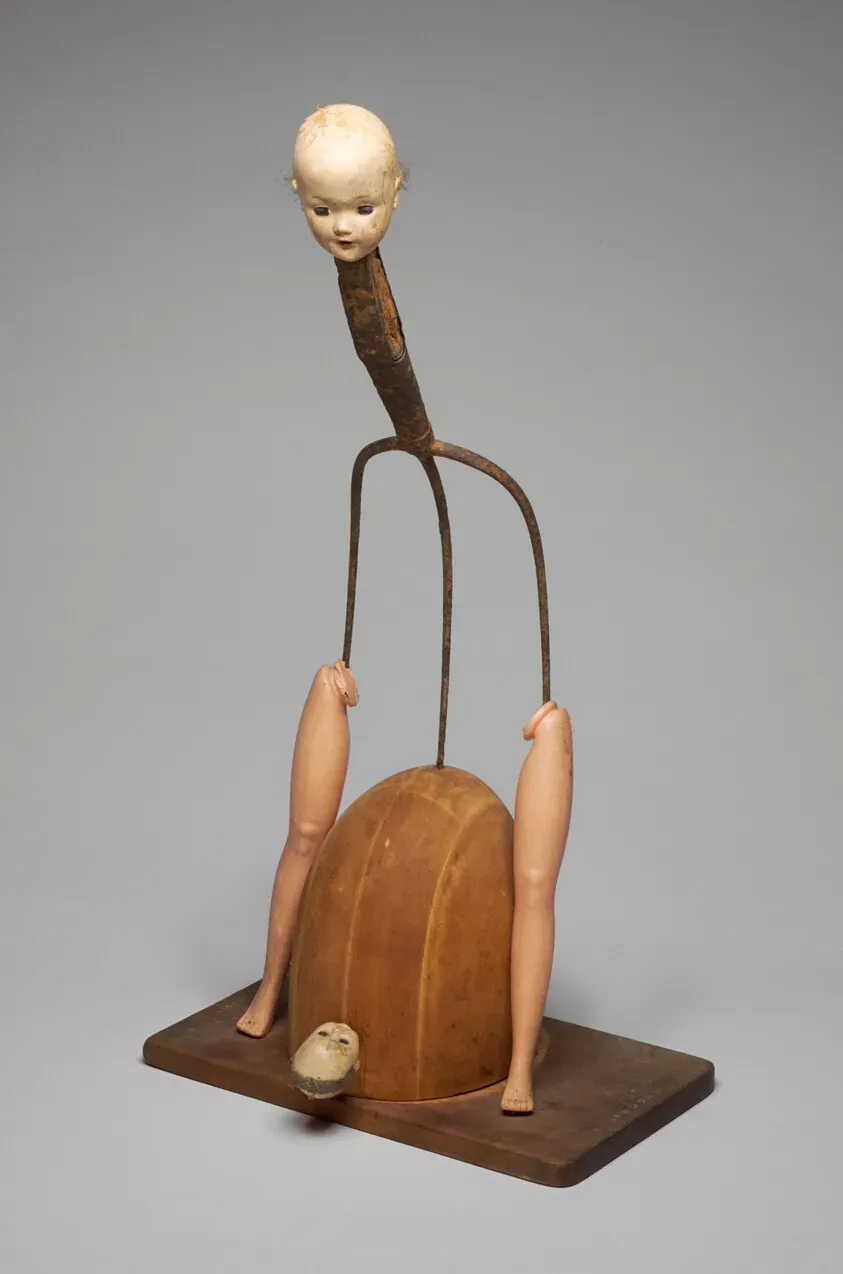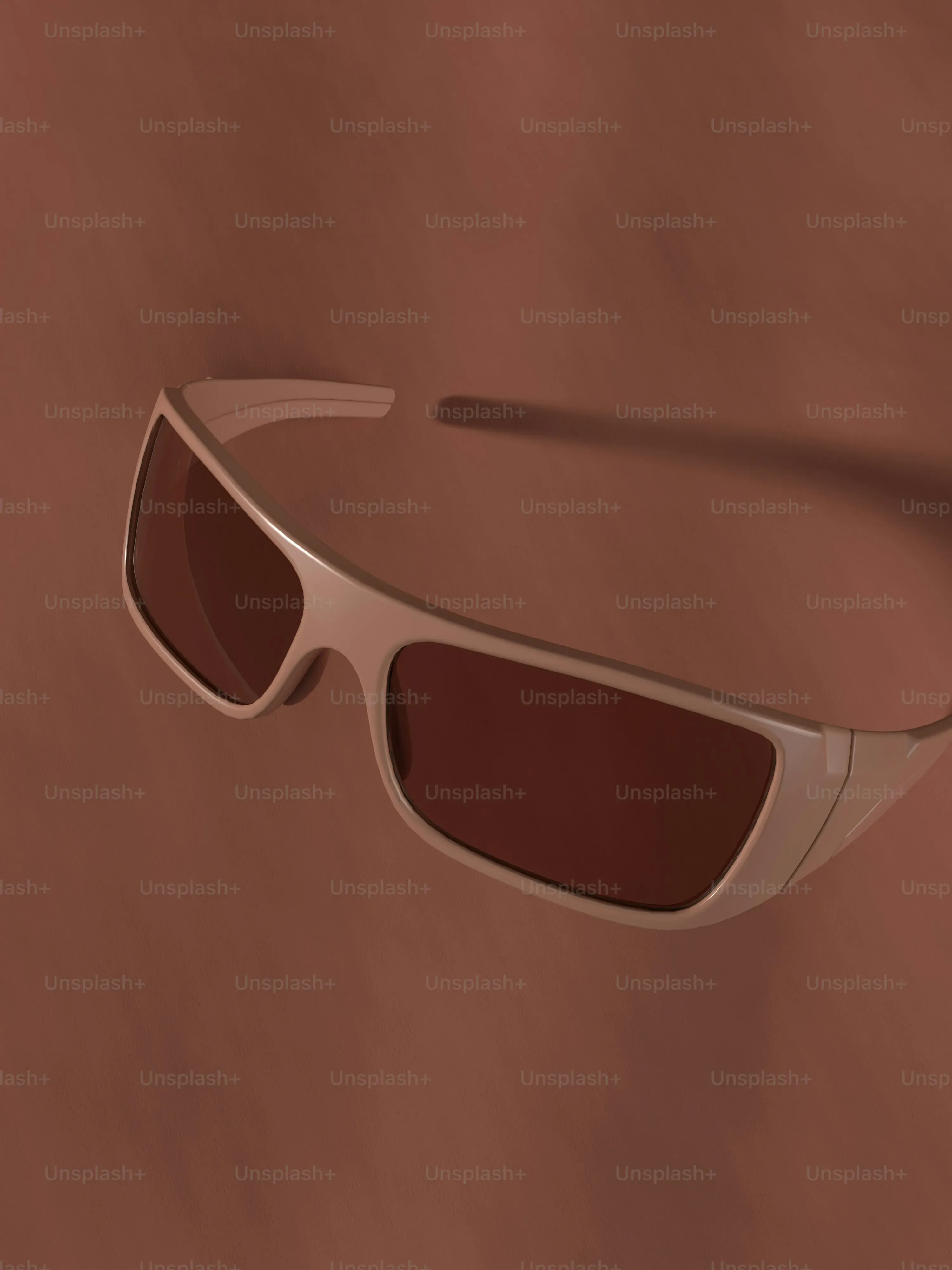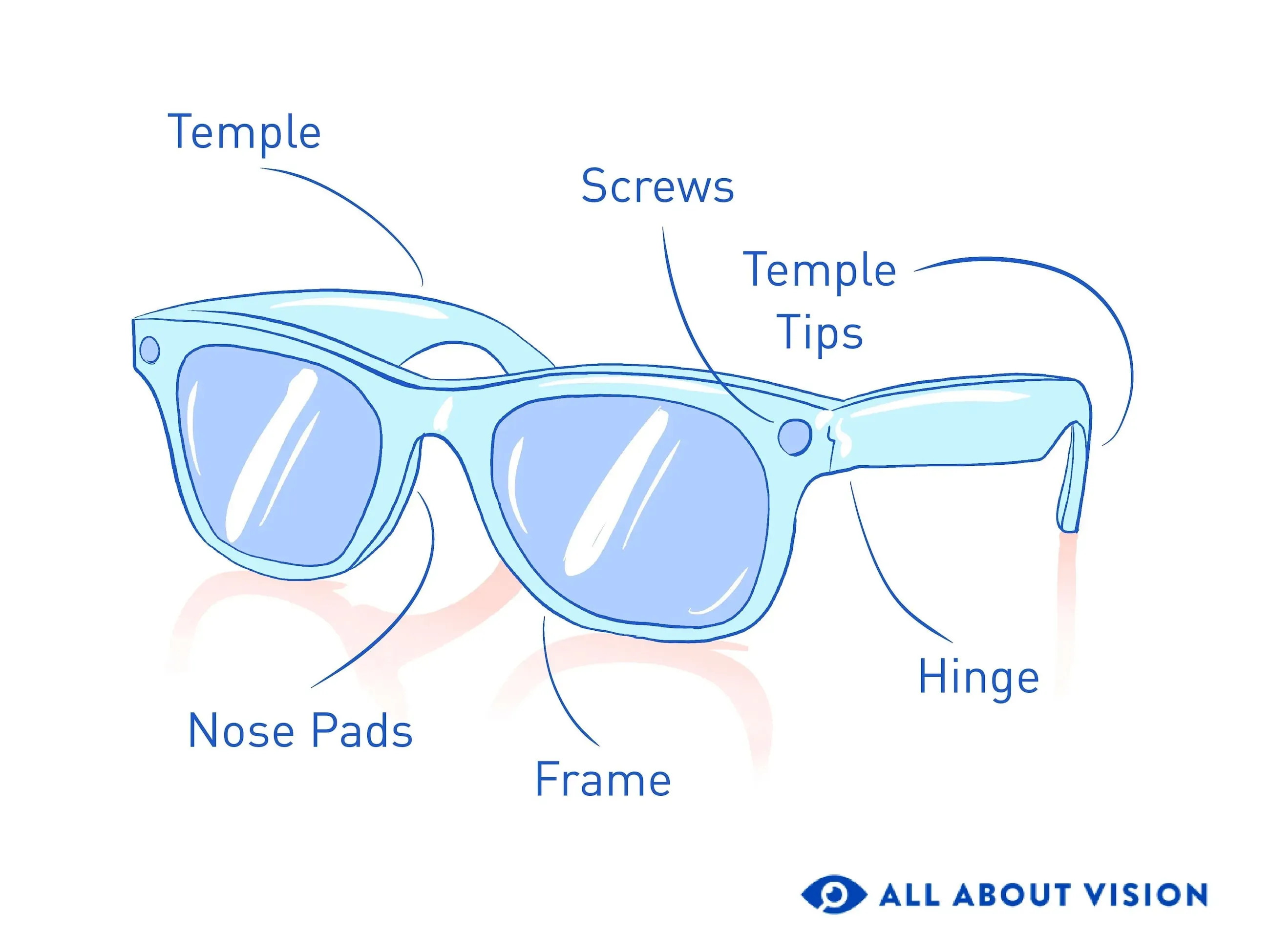Table of Contents
We slap them on our faces without a second thought, grabbing them off the dashboard or digging through a bag. Sunglasses are just, well, sunglasses, right? Lenses and a frame. Simple. But lift them closer, feel the hinges, examine the nose pads, and you start to realize there's a bit more going on. Understanding the different parts of sunglasses isn't just for opticians or repair shops. Knowing what each piece does can make a big difference in how your shades fit, how long they last, and how well they actually protect your eyes. Ever wondered why one pair feels perfect and another slides down your nose? Or why a small tweak can save a favorite pair from the trash? This dive into the anatomy of your eyewear will break down the essential parts of sunglasses. We'll explore everything from the obvious lenses and frames to the smaller, yet crucial, components that hold it all together and keep you seeing clearly and stylishly. Get ready to look at your go-to pair in a whole new light.
Understanding the Basic Parts of Sunglasses
Understanding the Basic Parts of Sunglasses
Let's strip it down to the absolute essentials. When you hold a pair of shades, what are the undeniable components? You've got the bits that sit in front of your eyes – those are the lenses. Pretty obvious, right? They're the magic makers, the things that actually block the sun or filter the light. Then you have the structure that holds those lenses in place and hooks onto your face. That's the frame. Think of the frame as the skeleton of the sunglasses. It gives them their shape and provides the attachment points for everything else. So, at the most basic level of understanding the basic parts of sunglasses, you're looking at lenses and frames. Simple enough to start, but like anything that seems simple, the details are where it gets interesting.
Diving Deeper: The Frame and Its Components
Diving Deeper: The Frame and Its Components
The Main Event: Frame Front and Temples
so we know the frame is the skeleton. But it's not just one solid piece. Think of it like a miniature engineering marvel. The most visible part, the bit that holds the lenses, is the frame front. This is where the style really comes alive – the shape, the color, the material. Is it a classic aviator, a chunky square, or a sleek cat-eye? That's the frame front doing the talking. Attached to the frame front are the temples, often called the arms. These are the pieces that extend back and rest over your ears, keeping the glasses on your face. They need to be the right length and curve to fit comfortably without pinching or slipping. Some temples are thin and minimal, others are wider and might have decorative elements. The material here is key for durability and weight.
Connecting the Dots: Hinges, Nose Pads, and More
Now for the smaller, but mighty, players that make the frame functional. The hinges are critical. They are the tiny joints that allow the temples to fold inwards, making your sunglasses portable and preventing them from snapping in half when you shove them in a pocket. Good hinges are smooth and sturdy. Ever had a pair where the arms wobble? Blame the hinge. Then there are the nose pads. These are the little bits that rest on the bridge of your nose. They can be fixed to the frame or adjustable. Adjustable nose pads, often made of silicone or plastic, can be bent slightly to customize the fit, which is a lifesaver if glasses usually slide down your face. Sometimes, especially on plastic frames, the nose pads are just molded into the frame itself. Finally, you might find small screws holding the hinges or lenses in place. These tiny pieces are vital for the overall structure and can sometimes loosen over time, requiring a quick tighten.
- Frame Front: Holds the lenses, defines the style.
- Temples (Arms): Extend back to rest on your ears, keep glasses on.
- Hinges: Allow temples to fold, enable portability.
- Nose Pads: Rest on the nose bridge, affect fit and comfort.
- Screws: Secure hinges and sometimes lenses.
The Crucial Lenses and Their Purpose
The Crucial Lenses and Their Purpose
so we've covered the frame, the structure that holds everything together. Now, let's talk about The Crucial Lenses and Their Purpose. These aren't just pieces of tinted plastic or glass; they are the workhorses of your sunglasses. Their primary job is to protect your eyes from harmful ultraviolet (UV) rays. Think of them as mini shields for your eyeballs. Beyond UV protection, lenses control how much light reaches your eyes, reducing glare and making it easier to see in bright conditions. Different lens tints do different things – gray offers true color perception, brown enhances contrast, and yellow is great for low light, though maybe not for bright sun. Some lenses are polarized, which is fantastic for cutting glare off reflective surfaces like water or roads. I remember once trying cheap, non-polarized shades fishing, and the glare off the lake was blinding. Switched to a polarized pair, and suddenly I could see *into* the water. That's the power of a good lens.
Why Every Part of Your Sunglasses Matters
Why Every Part of Your Sunglasses Matters
More Than Just Looks: Fit, Comfort, and Longevity
so we've poked and prodded at the different bits and pieces. You might be thinking, "Alright, I get it, there are frames and lenses and little screws. Big deal?" But honestly, knowing Why Every Part of Your Sunglasses Matters is the difference between a pair you love and wear constantly, and a pair that sits in a drawer, gathering dust. That frame front isn't just about looking cool; its shape and material dictate how the weight is distributed on your face. Those temples? If they're too tight, you get headaches. Too loose, and they're constantly sliding down your nose every time you lean over. The hinges might seem minor, but a cheap, flimsy hinge means your expensive shades could snap after a few folds. Even those tiny nose pads play a huge role in comfort and preventing pressure points. It's the synergy of these parts that creates a truly wearable pair. You can find frames built with attention to these details, offering superior fit and durability, like the selections you might browse at sunglasshub.org.
Functionality and Protection: Why Every Piece Counts
Beyond just staying on your face, the individual parts ensure your sunglasses actually do their job. We touched on lenses and their vital role in UV protection and glare reduction. But imagine having top-tier lenses in a frame that constantly slips, exposing your eyes to the sun from the sides or top. The coverage provided by the frame shape and how well it sits on your face, thanks to those hinges and nose pads, directly impacts how effectively the lenses can shield your eyes. A well-fitting pair minimizes gaps where light can sneak in. Think of it like a tiny, portable fortress for your vision. Every component contributes to that defense. Neglecting any one part, whether it's a wobbly temple or a scratched lens, compromises the entire system, turning your protective eyewear into little more than a fashion accessory that might not even be doing the one thing you bought it for: protecting your eyes.
What's the most common problem you've had with a pair of sunglasses?
More Than Just Glass and Wire: The Takeaway
So there you have it. Your sunglasses are more than just a simple accessory; they're an assembly of specific parts, each with a job to do. From the way the bridge sits on your nose to the tension in the hinges and the curve of the lenses, understanding these components demystifies why some pairs feel right and others just don't cut it. This knowledge isn't just academic; it's practical. It helps you choose better, maintain what you have, and maybe even attempt a minor repair before tossing a perfectly good frame. The next time you pick up a pair, take a moment to appreciate the individual pieces working together. It might just change how you see your shades, and how they perform for you.
